Home>Ideas and Tips>How To Choose The Right Paint Colors For An Open Floor Plan
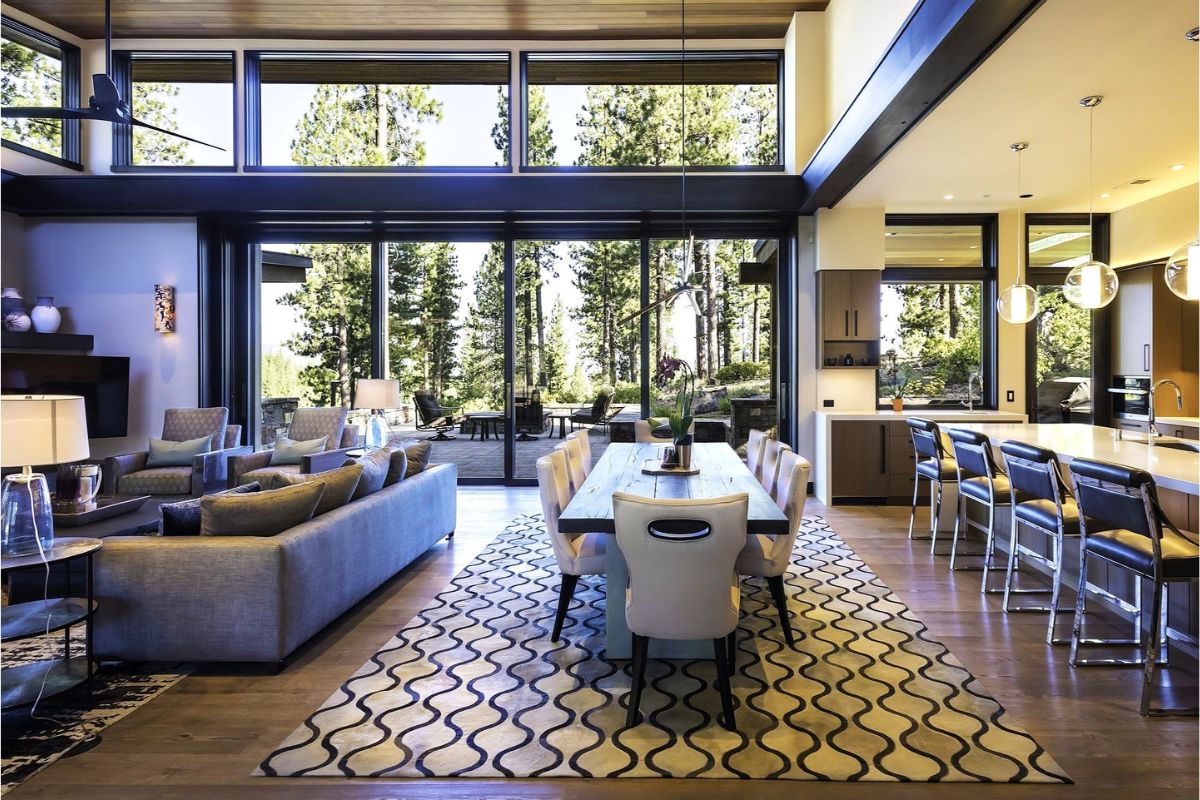

Ideas and Tips
How To Choose The Right Paint Colors For An Open Floor Plan
Published: September 5, 2024
Discover expert tips on choosing the perfect paint colors for an open floor plan to create a cohesive and inviting space.
(Many of the links in this article redirect to a specific reviewed product. Your purchase of these products through affiliate links helps to generate commission for Storables.com, at no extra cost. Learn more)
Choosing the right paint colors for an open floor plan can be a daunting task, especially when you want to create a cohesive and inviting space that flows seamlessly from one room to another. Open floor plans are designed to provide a sense of spaciousness and ease of movement, but they also present a unique challenge when it comes to selecting paint colors. In this article, we will delve into the best practices and tips for choosing paint colors that will enhance the beauty and functionality of your open floor plan.
Understanding the Challenges of Open Floor Plans
Open floor plans have become increasingly popular in modern home design. They offer a sense of spaciousness and fluidity, making it easier to move from one room to another without the need for separate doorways. However, this design also presents several challenges when it comes to interior design, particularly when selecting paint colors.
One of the primary challenges is maintaining a cohesive look while ensuring that each area of the open floor plan has its own unique character. Unlike traditional rooms with clear boundaries, open floor plans often lack distinct divisions, making it difficult to define separate spaces without disrupting the overall flow of the room.
The Importance of Neutral Colors
When it comes to choosing paint colors for an open floor plan, neutral colors are often the best choice. Neutral colors such as grays, beiges, and whites provide a clean and versatile backdrop that can easily blend with various furniture and decor styles. These colors also help to create a sense of continuity and flow throughout the space, making it easier to transition from one area to another.
Why Neutral Colors Work Well
- Versatility: Neutral colors are incredibly versatile and can complement a wide range of furniture and decor styles. This means you can change your furniture and decor without worrying about clashing with the paint color.
- Flow: Neutral colors help to create a sense of flow by providing a consistent background that doesn’t compete with other design elements.
- Cohesion: Neutral colors ensure that each area of the open floor plan feels connected without looking disjointed.
Top Neutral Paint Colors for Open Floor Plans
Here are some of the top neutral paint colors that are perfect for open floor plans:
1. Worldly Gray (SW 7043)
Worldly Gray from Sherwin-Williams is a popular choice for open floor plans because it offers a warm, dynamic gray that works well with both warm and cool features. This color can feel slightly different under different lighting conditions, which helps make each room feel unique while maintaining a cohesive look.
2. Repose Gray (SW 7015)
Repose Gray is another excellent option if you prefer a more traditional gray. It has a slightly warm undertone that keeps your space cozy and welcoming without going too far into beige territory. This helps avoid the common issue of grays looking blue or purple.
3. Natural Linen (SW 9109)
Natural Linen is a great choice if you're looking for a more beige-toned neutral. Beige is seeing a major comeback, and this color really brings warmth to your space without feeling aged. It's a modern take on traditional beige that avoids the cold, sterile look some grays have.
4. Moderate White (SW 6140)
Moderate White is a lighter neutral that works well in darker spaces to help lighten things up. It creates a beautiful canvas for creating feature walls or focal points and provides a warm base that makes the space feel more inviting.
Using Different Shades of the Same Color
If you want to add some variation to your open floor plan without using multiple colors, you can play with different shades of the same color. This approach ensures that the space still feels cohesive while allowing for subtle differentiation between areas.
For example, using different shades of gray can create a gradient effect that adds depth and interest to the space without disrupting its flow. This technique is particularly useful when you want to define different areas within an open floor plan without using separate colors.
Creating a Harmonious Palette
Choosing a harmonious palette is crucial for an open floor plan. A good rule of thumb is to select one color palette that includes three to five coordinating colors: one white or light color, one to two neutrals, and one to two supporting colors. These colors should relate to each other either by being from the same color family or by having similar intensity levels.
How to Coordinate Colors
- Color Wheel: Understanding color theory can help you make confident selections. Complementary colors (like purple and yellow) and analogous colors (like red and orange) can be used to create a cohesive palette.
- Similar Color Relationships: Focus on colors that come from the same families or ones that are next to each other on the color wheel. This helps in creating a smooth transition between different areas of the open floor plan.
- Neutral Base: Use neutral colors as your base and then introduce supporting colors that complement them. For example, you could use a light gray as your base and introduce a warm beige or a soft blue as supporting colors.
Adding Color and Pattern
While neutral colors provide a clean backdrop, adding color and pattern can help create visual interest and define different areas within an open floor plan.
- Focal Points: Identify focal points in your space, such as kitchen islands or built-in bookcases, and use these areas to introduce bold or contrasting colors. This helps create a visual divide between different spaces while maintaining overall cohesion.
- Accent Colors: Use accent colors in smaller places like light fixtures or furniture to add pops of excitement without overwhelming the space.
- Patterns: Incorporate patterns like stripes or geometric designs on walls or furniture to create visual interest and separate different areas of the open floor plan.
Letting Architecture Guide You
The architecture of your home can also guide your paint color choices. Look for natural places to stop and start a paint color based on architectural features like archways, variations in flooring, and changes in room dimensions.
- Architectural Features: Use architectural features like archways or columns as natural transition points between different areas of the open floor plan. Paint these features in a contrasting color to create visual interest and define spaces.
- Flooring Variations: If there are variations in flooring between different areas of the open floor plan, use these transitions as opportunities to change paint colors subtly. For example, you could use a lighter shade on one side of a transition and a darker shade on the other side.
Incorporating Color in Unexpected Places
Finally, don’t be afraid to incorporate color in unexpected places like mantles, shelves, or even built-in bookcases. This adds depth and visual interest while maintaining overall cohesion.
Conclusion
Choosing the right paint colors for an open floor plan requires careful consideration of both aesthetics and functionality. By sticking to neutral colors like Worldly Gray, Repose Gray, Natural Linen, and Moderate White, you can create a cohesive look that flows seamlessly from one room to another. Using different shades of the same color or creating a harmonious palette with complementary colors can add depth and interest without disrupting the flow of the space. Remember to let architecture guide your choices and incorporate color in unexpected places to create a visually appealing and functional open floor plan.
By following these tips and guidelines, you can transform your open floor plan into a beautiful and inviting space that reflects your personal style while maintaining its unique character. Whether you’re looking to create a modern minimalist look or a warm cozy atmosphere, the right paint colors can make all the difference in enhancing both the beauty and functionality of your home.
Was this page helpful?
At Storables.com, we guarantee accurate and reliable information. Our content, validated by Expert Board Contributors, is crafted following stringent Editorial Policies. We're committed to providing you with well-researched, expert-backed insights for all your informational needs.
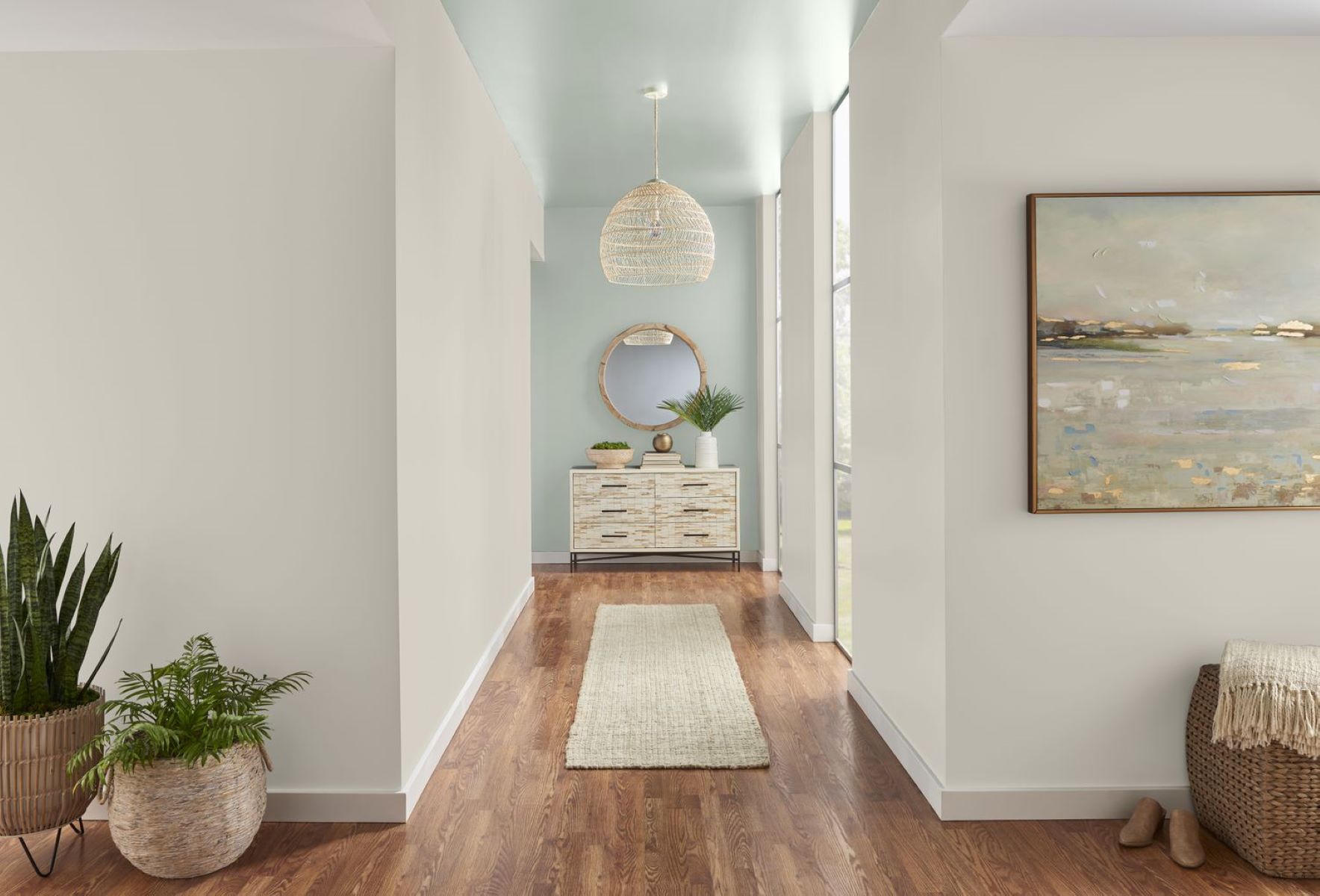
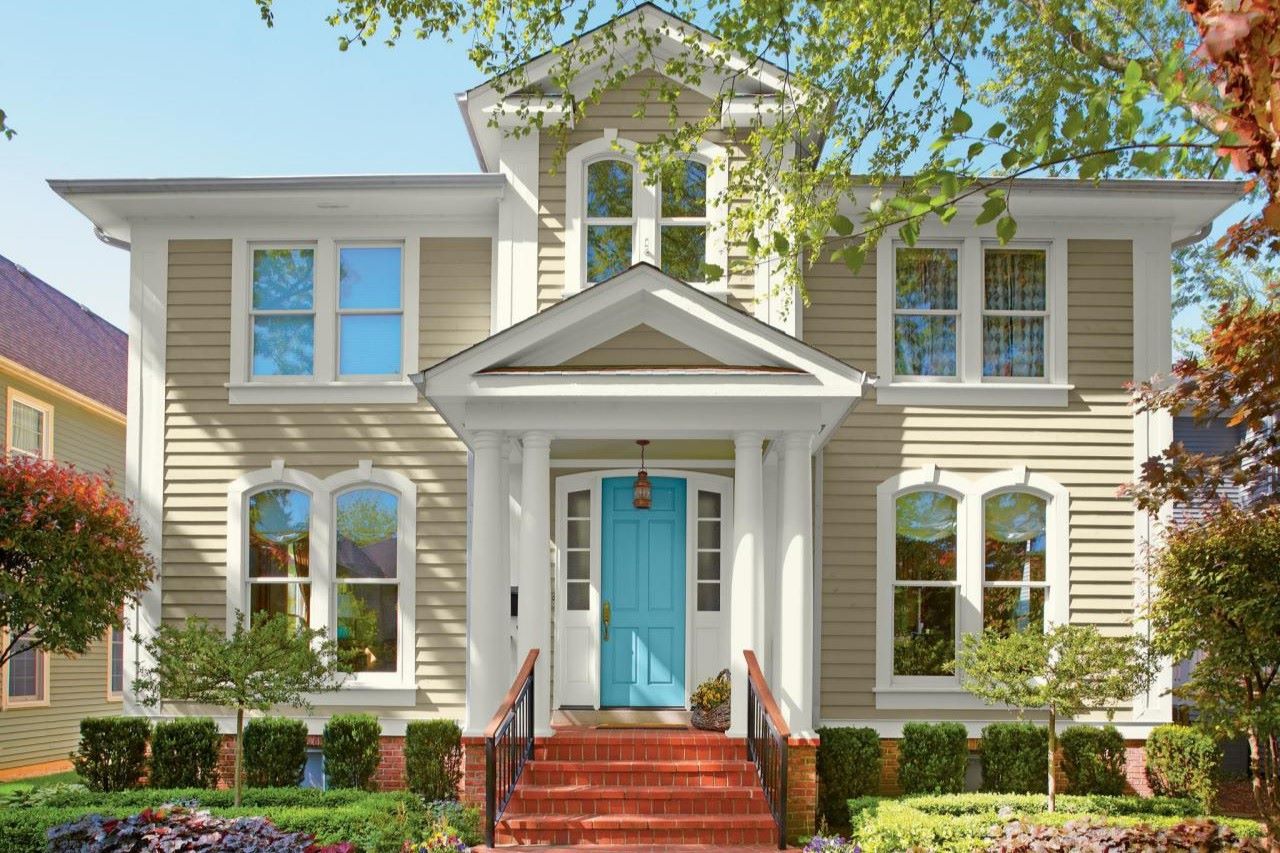
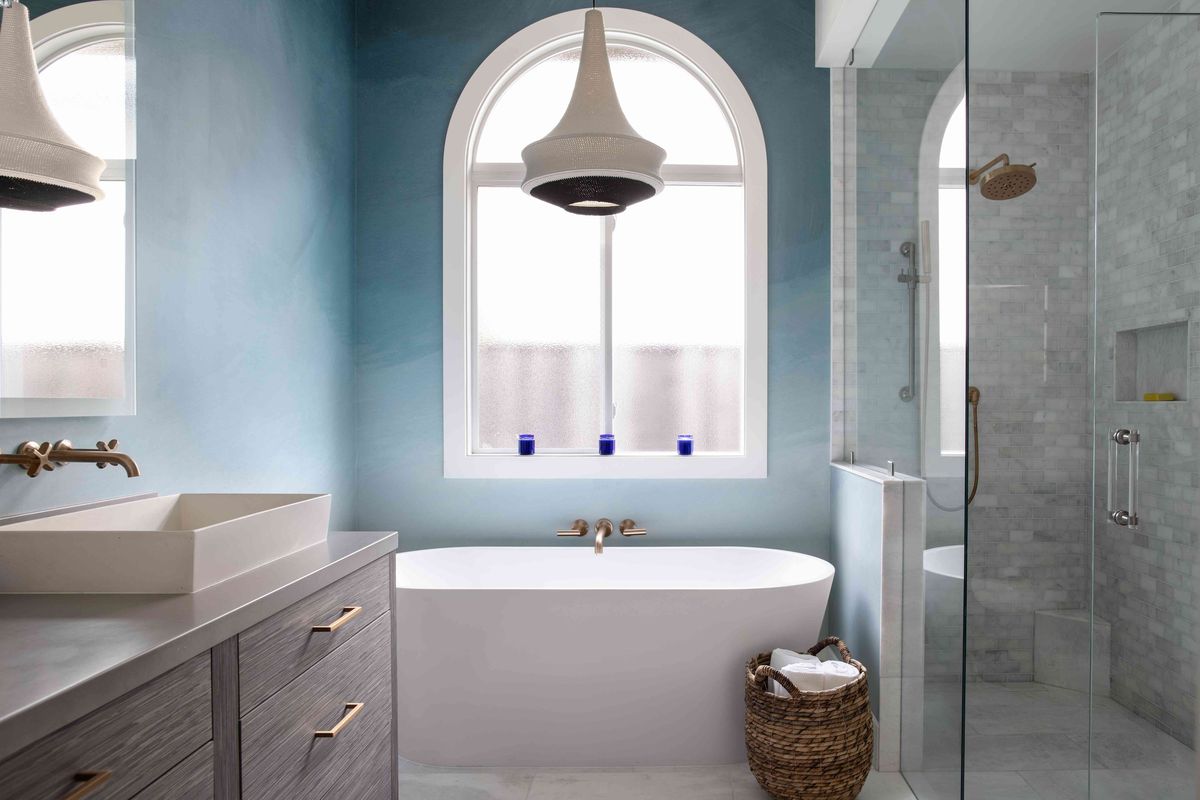
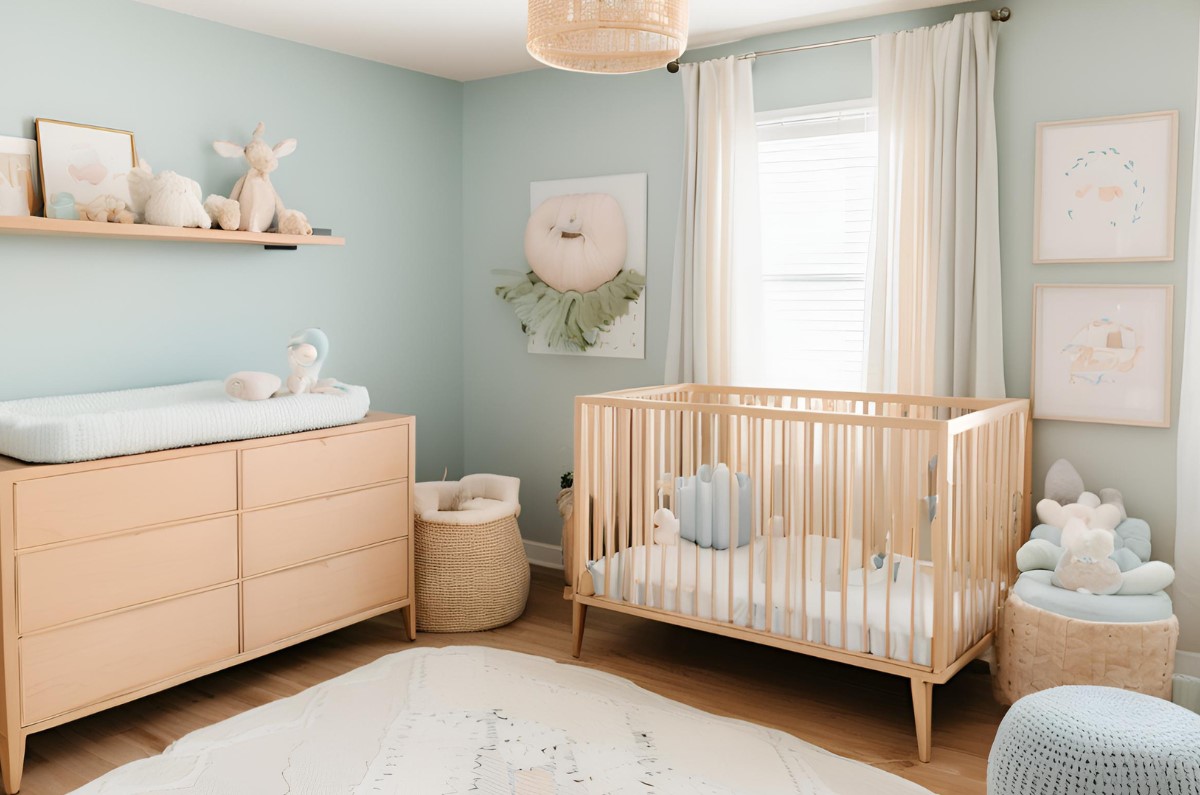
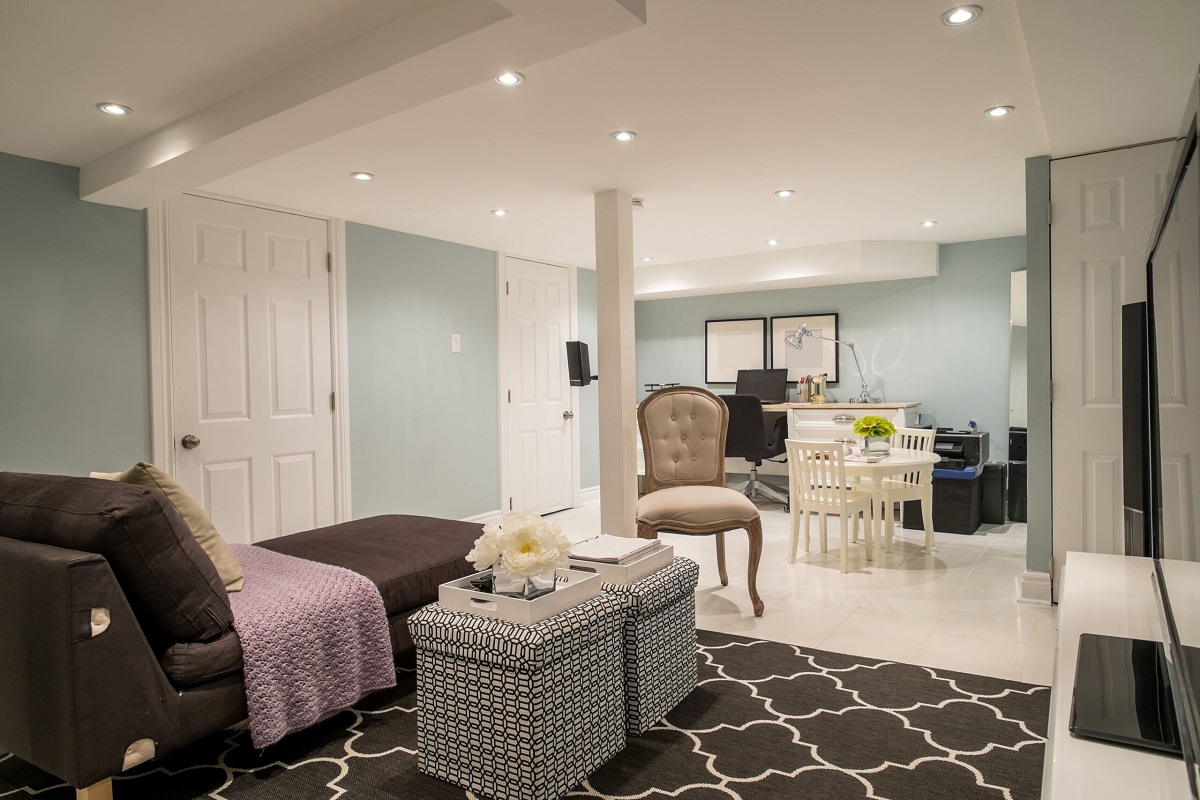
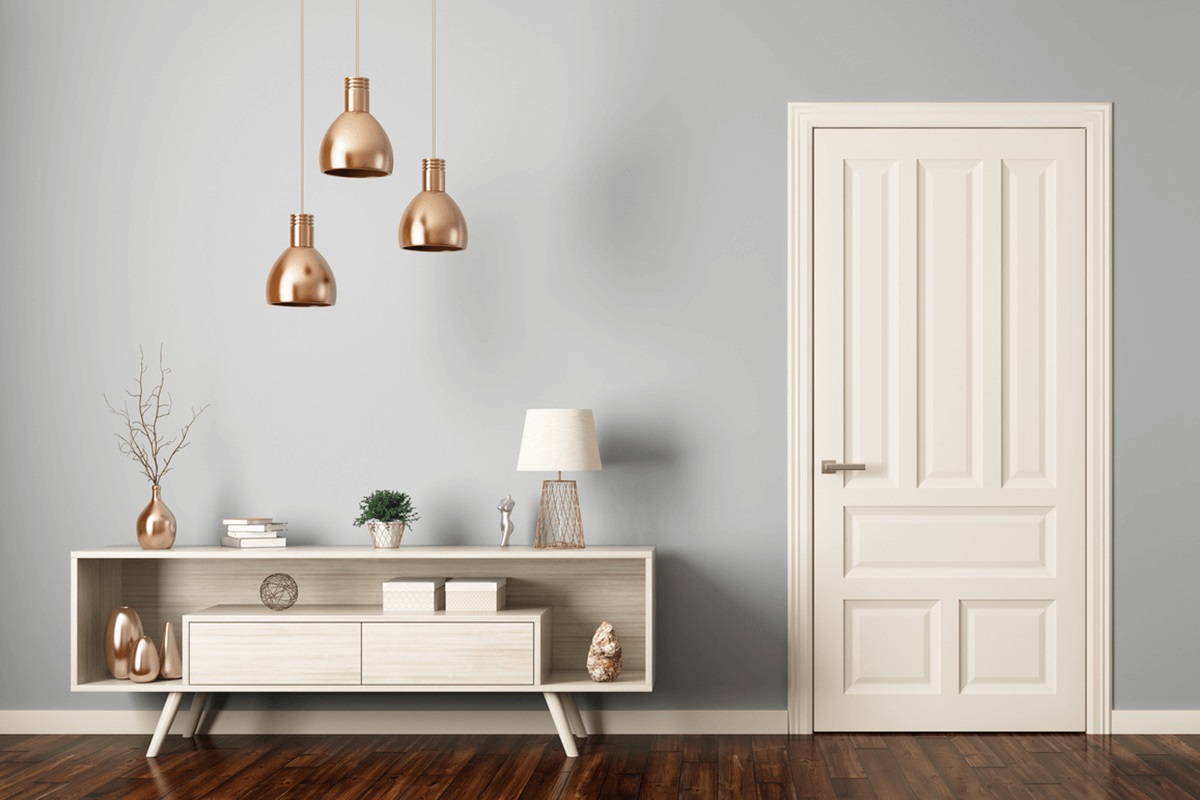
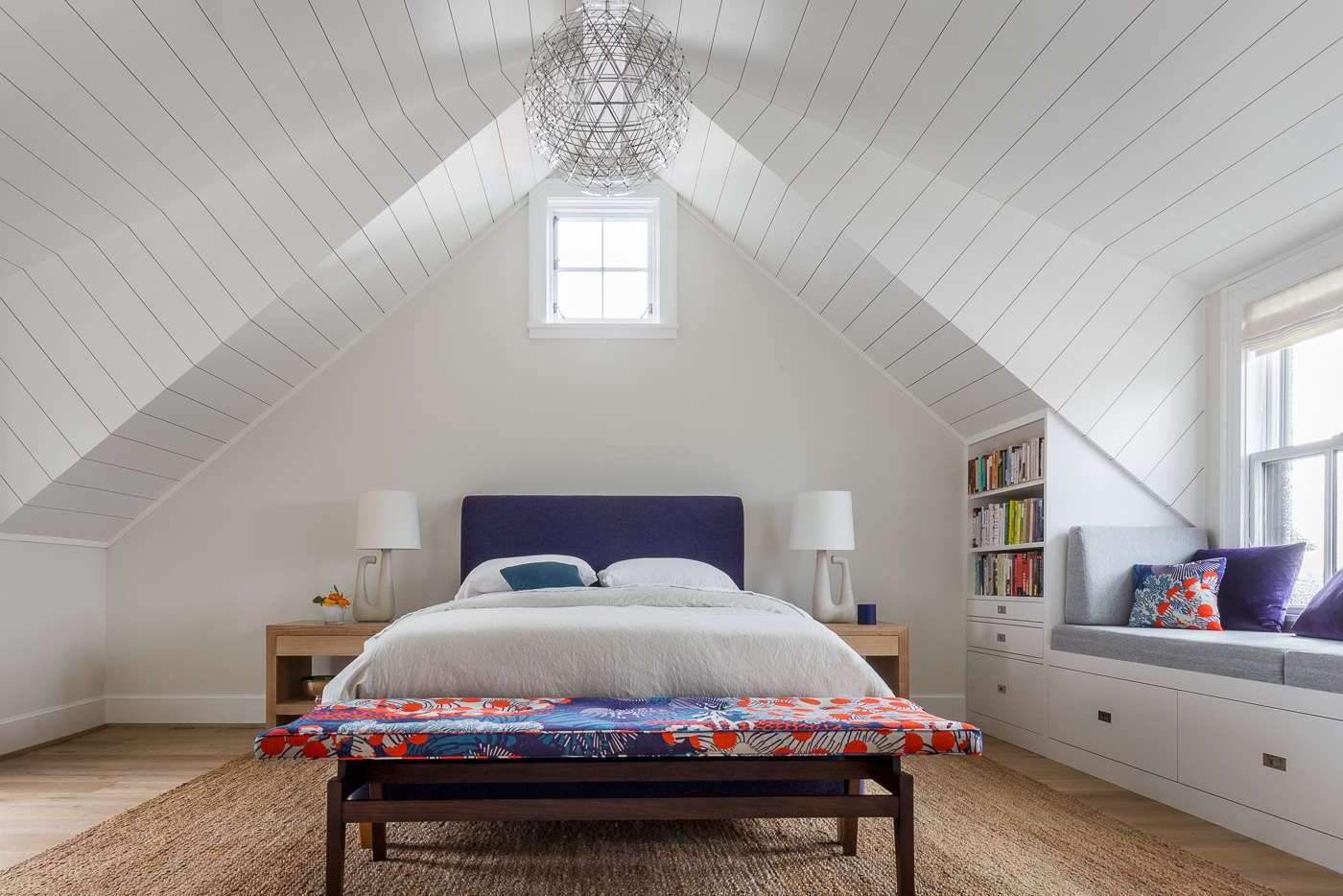
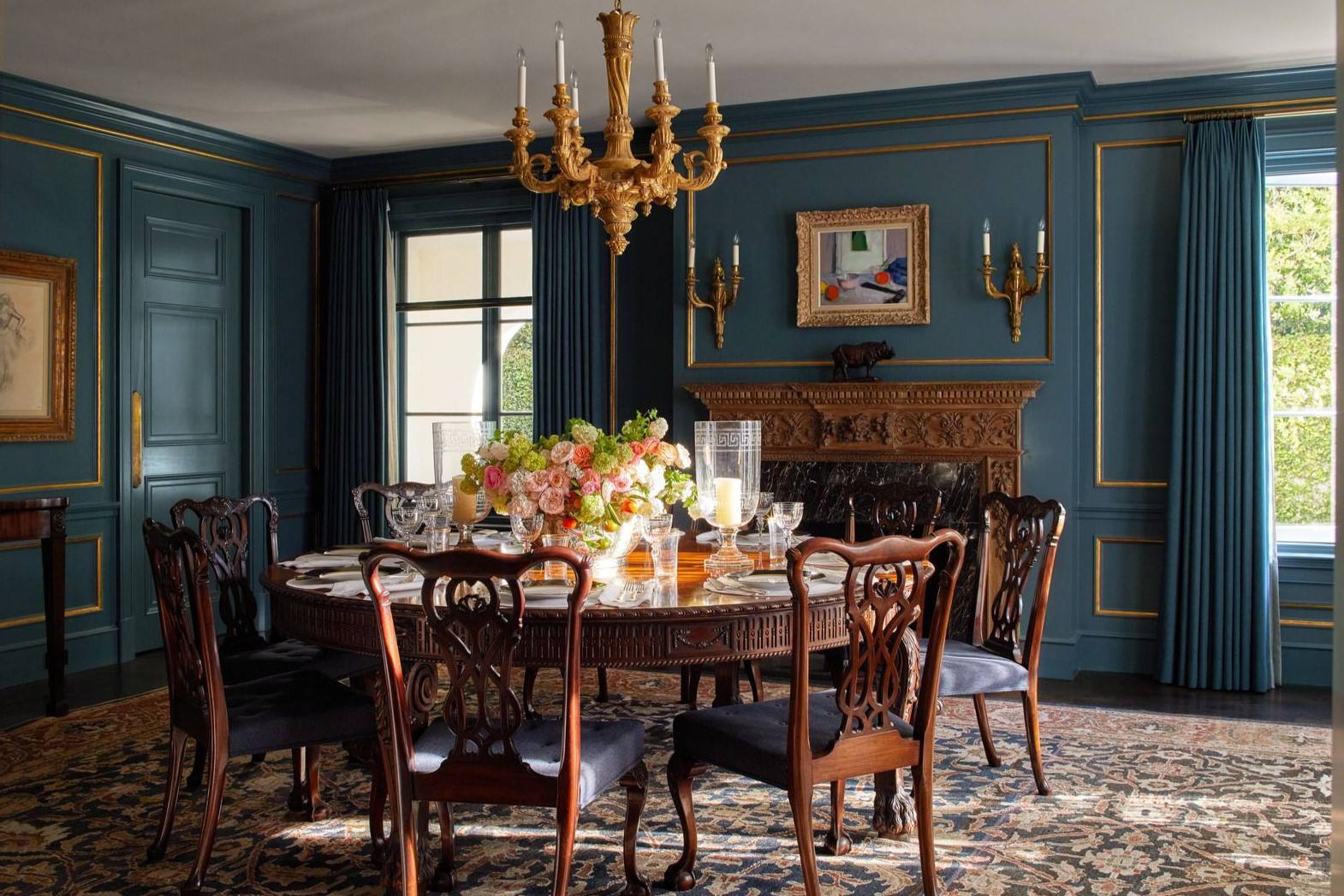
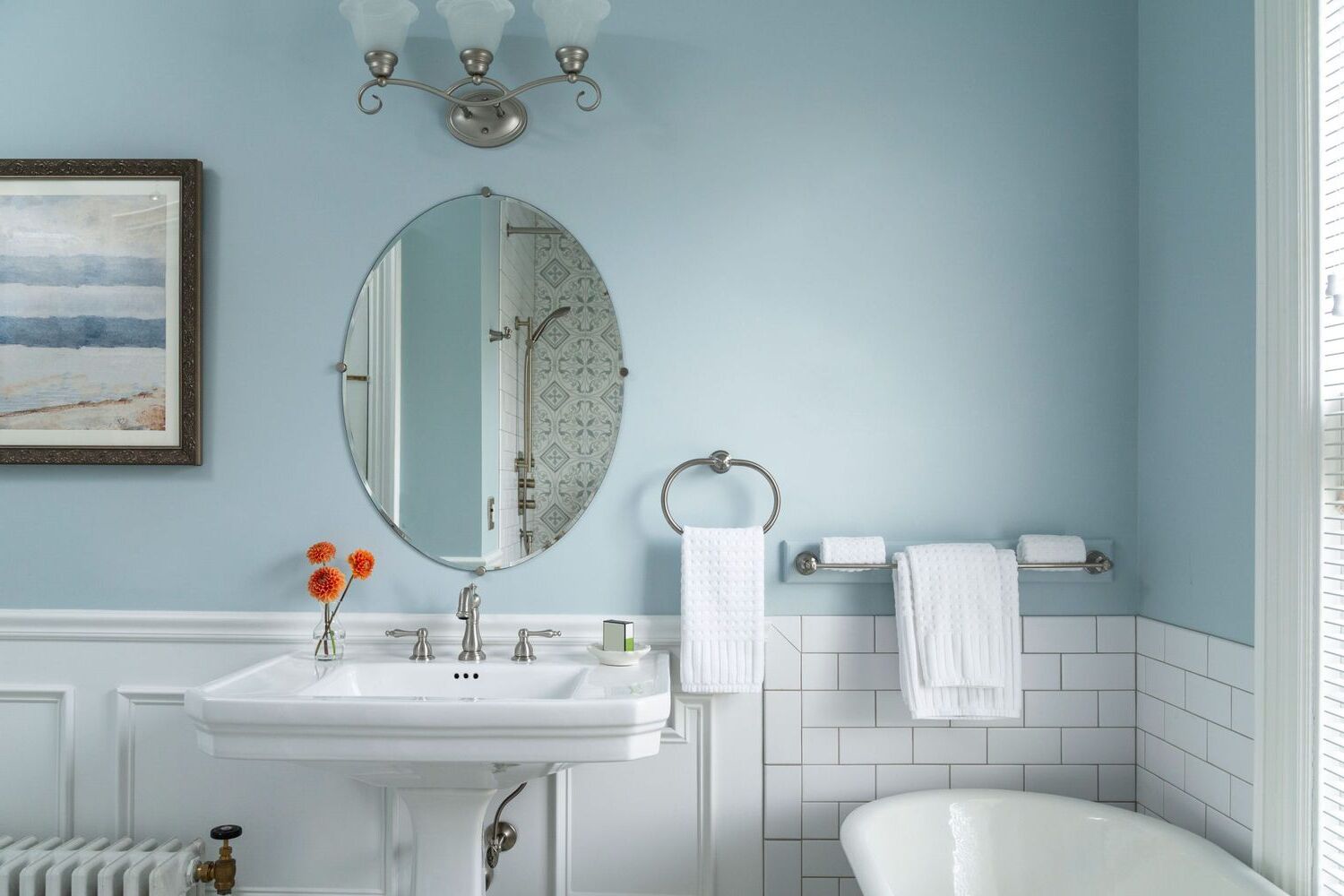
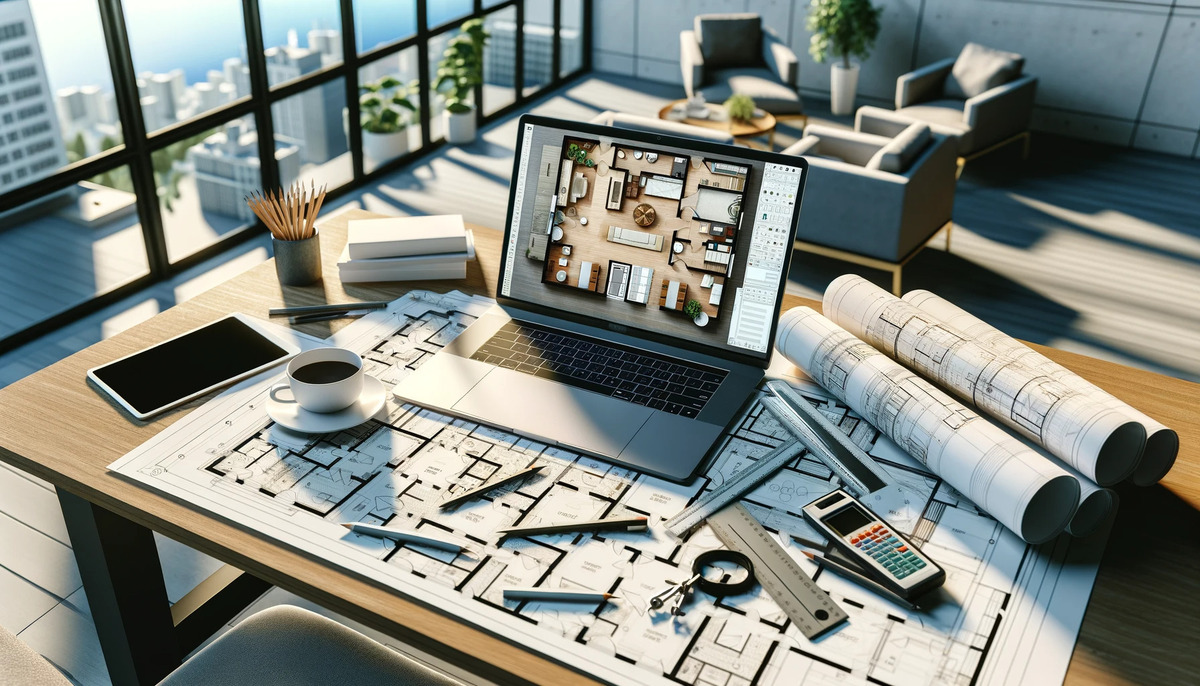
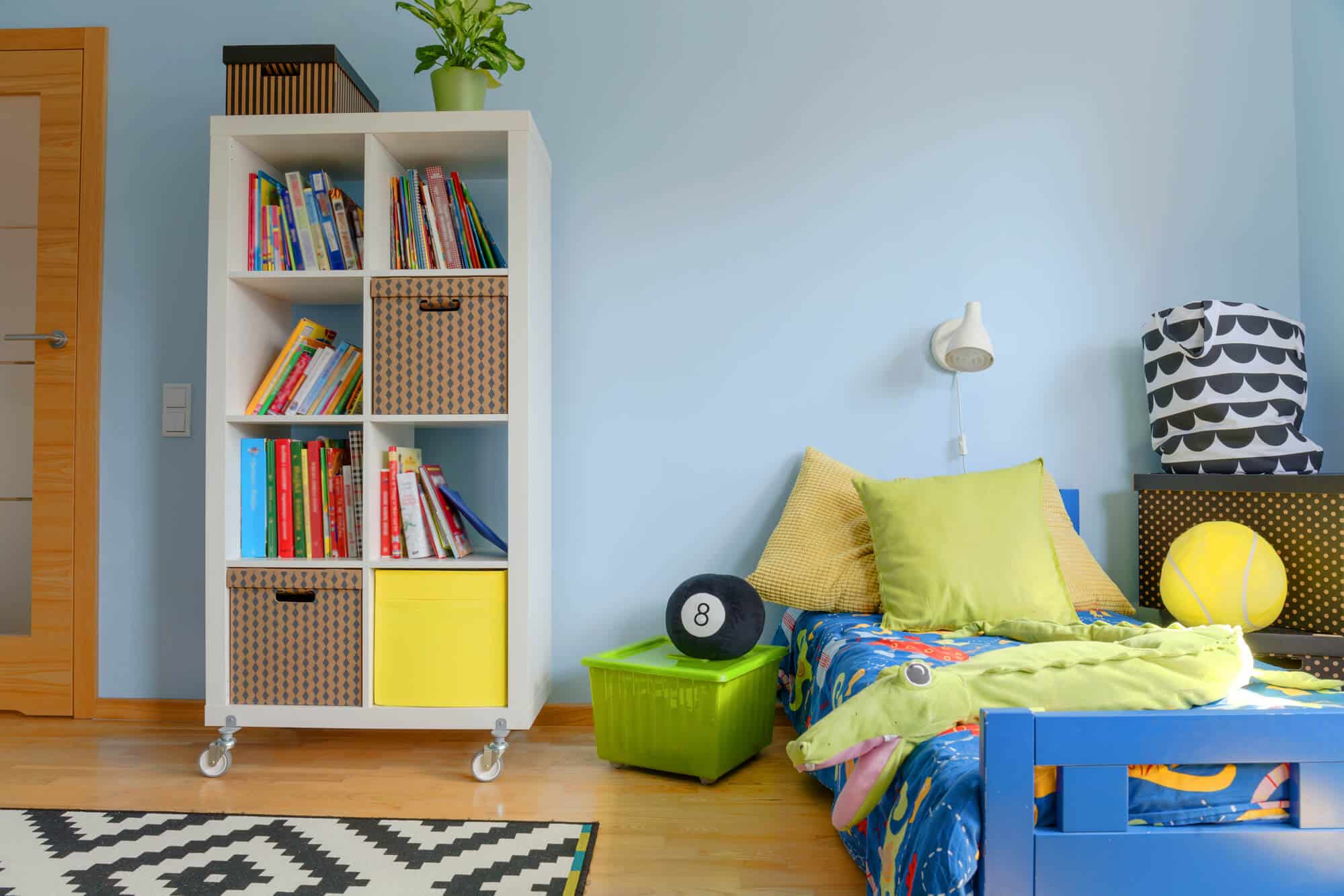

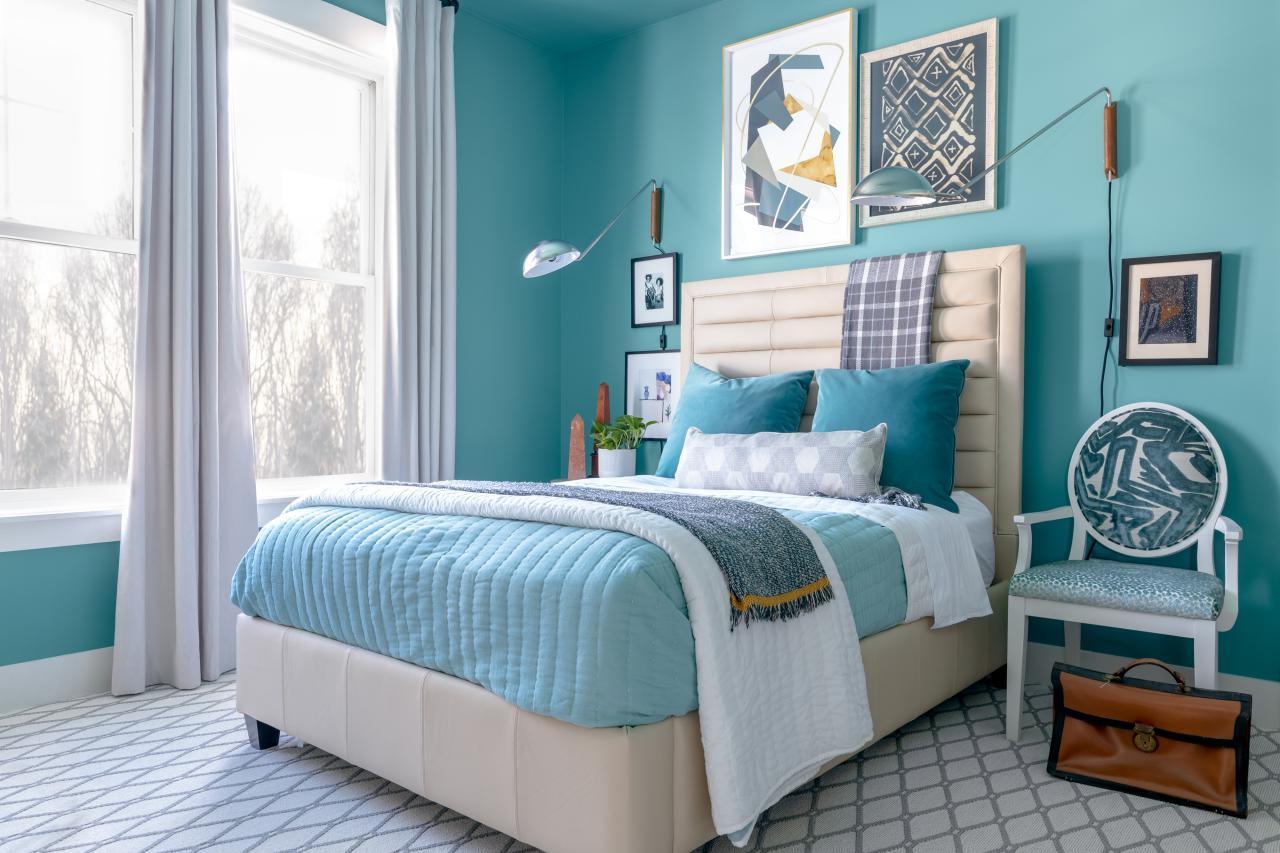
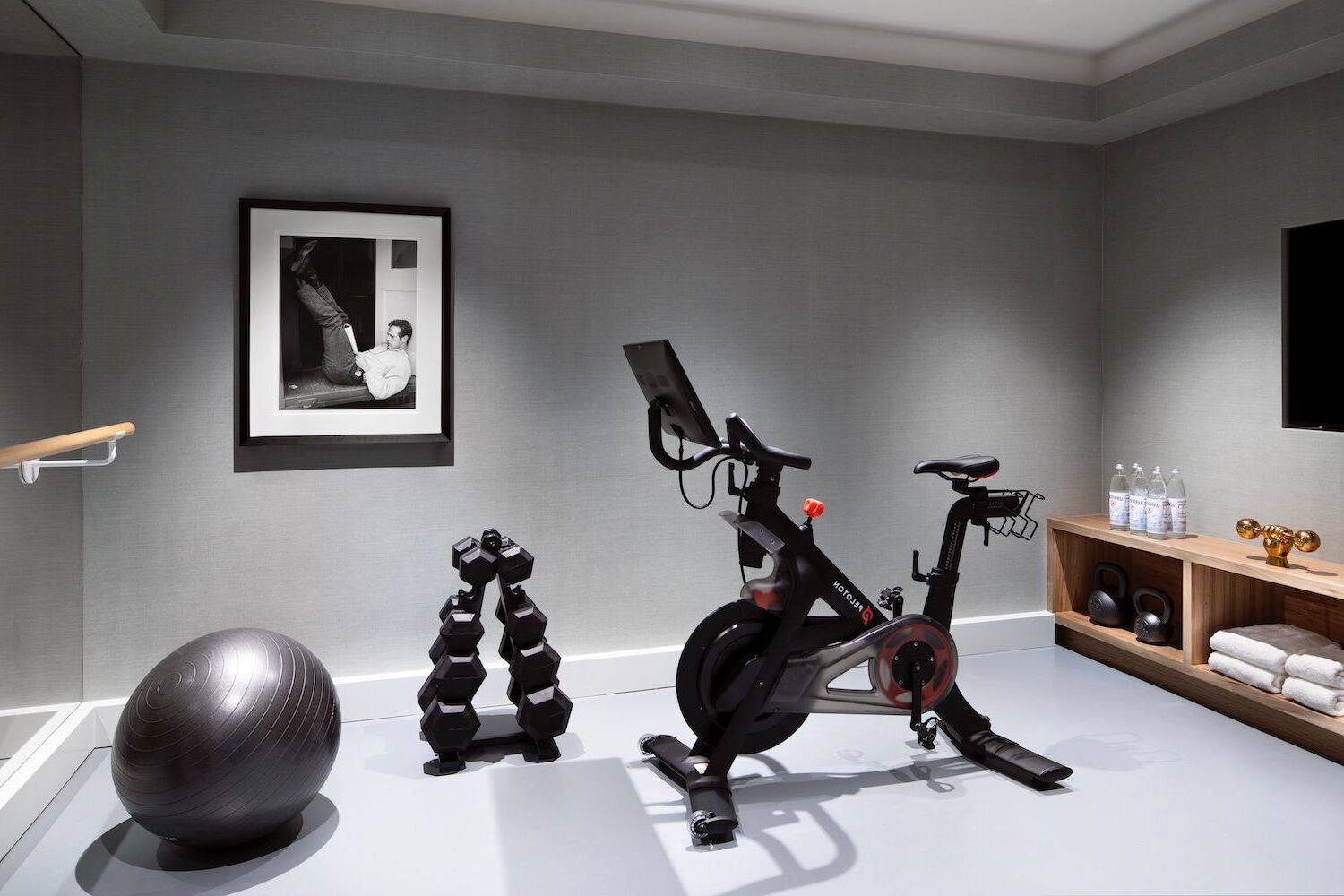

0 thoughts on “How To Choose The Right Paint Colors For An Open Floor Plan”